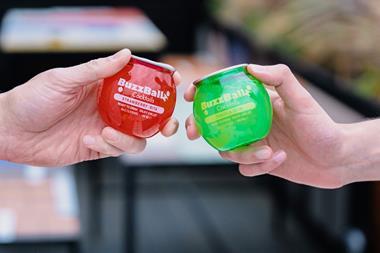
A brand is, above all, a promise of consistency. It should deliver on its promise – a great taste, fantastic service or seamless convenience – every time. The world’s great grocery brands pride themselves on their dependability, as do the supermarkets that stock them. You rarely hear people complaining that their favourite brand of beans, butter or soft drink “tastes different this time”.
But what is often far from consistent is the way brands are advertised and promoted through the media. Consumers are increasingly taken aback by the weird, inconsistent and confusing marketing messages they are getting about their favourite brands.
With a proliferation of media outlets, brands are becoming fractured and disjointed.
Presenting a consistent tone and message through TV and digital ads, press releases, comments on social media, in newspapers, in magazines, through websites, sponsorships and live events is a tough call for any marketer.
Even within the company that owns the brand, staff often have a diverging understanding about what the brand stands for. Rarely is enough time spent to ensure that employees know why the brand exists and how it operates. The result is inconsistent marketing messages that confuse customers and harm sales.
Never has it been so tough to keep brand communications on-message. No wonder we are often left speechless by some bizarrely inappropriate social media post for a supermarket or a tone-deaf piece of PR for a grocery brand. Brands are failing to present a unified front and are getting it wrong time and again.
This has resulted in dissonance for consumers when they finally experience the brand – leading to conflicting beliefs, feelings and views.
Clear objectives in a marketing plan can get distorted by the time it hits the marketplace. In a recent survey conducted by Wunderman Thompson, we found that only 34% of customers felt the connections between the different parts of a brand were consistent, with 14% rating them very inconsistent.
We studied a leading supermarket brand in depth and found that at least 29 fractures existed, with glaring inconsistencies in communications. Advertising messages starkly contradicted each other. There were marked differences in tone between advertising, social, online and in-store messaging. Colleagues in stores failed to understand or deliver the brand vision.
To take back control, organisations must identify who leads their brand. That could be an advertising or marketing agency taking the lead or a brains trust of the best agencies. Ideally one person or one entity acts as the brand owner to understand, monitor and ensure the correct expression of the brand.
Try and find out where the confusion lies – how do customers perceive your brand? And how does this compare to what you think the brand is delivering?
Create a single brand view, the brand truth, and put this at the epicentre of your thinking. Design a brand blueprint as a marketing plan to bring clarity and consistency throughout the customer’s buying and using journey. Ensure everything you do, and your agencies do, starts with this plan and keeps the brand’s best interests in mind for every single piece of activity. Work with an integrated marketing agency that covers everything from TV ads to social media posts in one unit. They are well-placed to offer a joined-up marketing campaign.
So many brands perform brilliantly when it comes to living up to their promises. But they must make sure that the messages they put out about those promises are all of a piece and consistent with their overall marketing plan.



















No comments yet